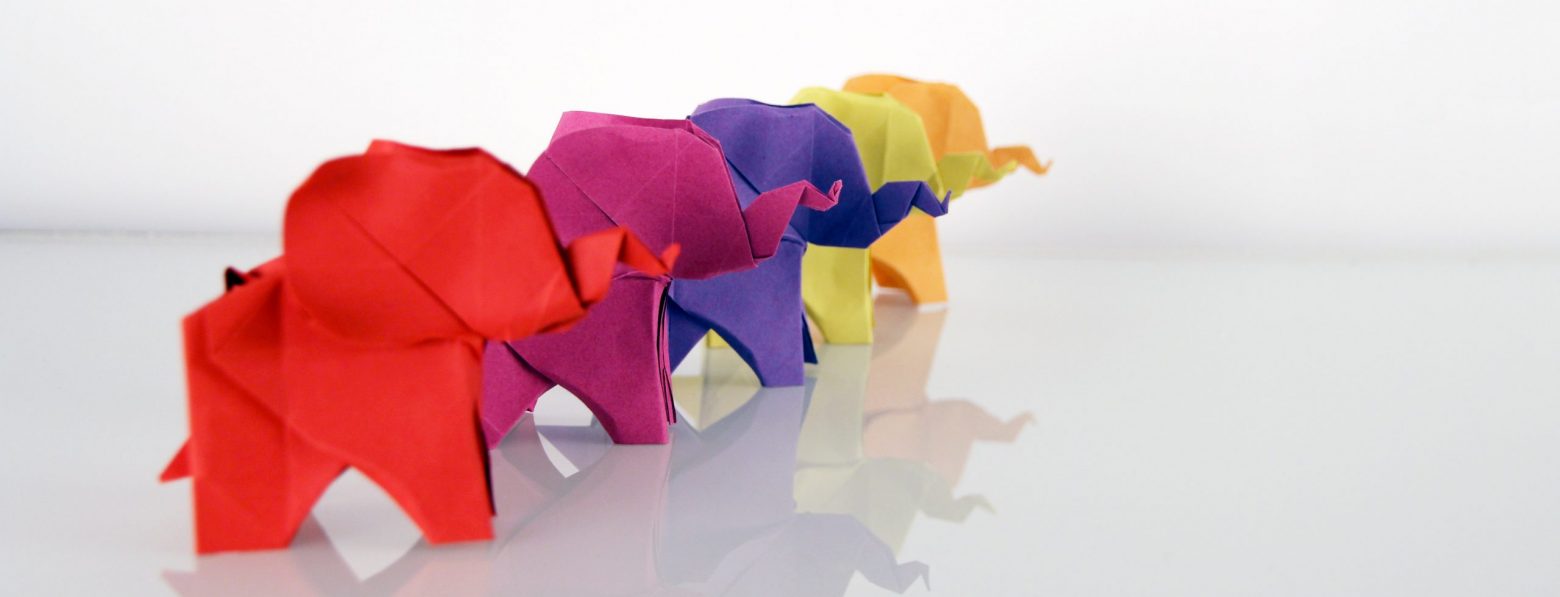Origami Tutorials
Here you will find a number of origami tutorials that challenge our mind, building on innate talents and abilities through a variety of mentally challenging tasks.
Origami is one avenue that provides both mental and physical stimulus with exercise. Origami helps develop hand-eye coordination, fine motor skills and mental concentration. Use of the hands directly stimulates areas of the brain. Origami is used in various therapeutic settings, including art therapy and in stroke and injury rehabilitation.
Paper folding challenges us at the cognitive level as we follow instructions, learning new skills and activities. Physically our hands become active. Impulses are sent to the brain activating both left and right hemispheres of the brain. Tactile, motor and visual areas of the brain are activated and brought into use. Memory, non-verbal thinking, attention, 3D comprehension and imagination are further stimulated by the brain’s exploration of Origami.
Emotional satisfaction is a byproduct of our work as we watch a piece of paper transformed into a new creation. Many find the folding of paper, a form of relaxation. In addition, grandchildren are often fascinated when we share our skills and creations with them.





